- Home
- ‘We must understand the root causes of dyslexia’
‘We must understand the root causes of dyslexia’
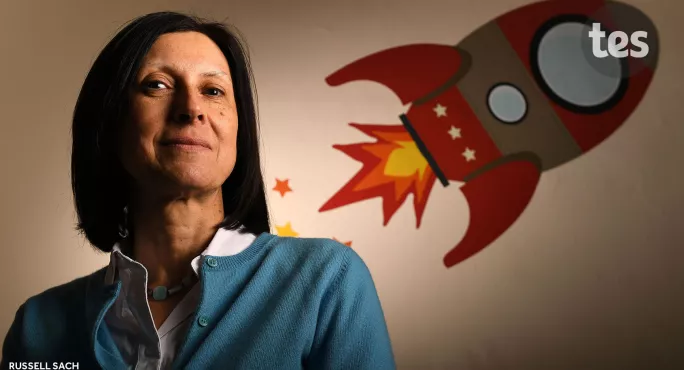
It is a research laboratory with a difference - there are stuffed animals, a miniature tepee and a mural of a vividly painted rocket ship. Photographs of tiny, laughing subjects - babies linked up to an EEG monitor - are pasted on the walls. Usha Goswami says she and her team try all sorts of methods to distract them.
“They love watching us blow bubbles near the computer,” she says.
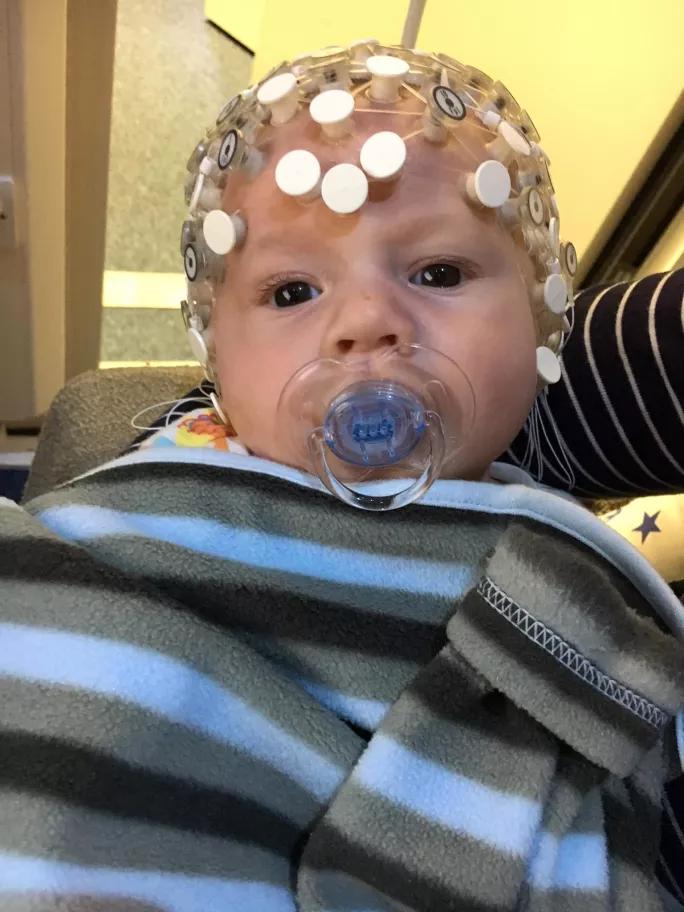
The room is the site of her research into infant speech development, or the Babyrhythm project - which explores how infants acquire language through copying the rhythms of speech.
News: Stars of education win £3 million prize
Long read: How nursery rhymes can tackle dyslexia
Yidan: Chinese billionaire launches world’s biggest education prize
Goswami was recently awarded worth more than £3 million from the Yidan Prize - the education award established by the Chinese billionaire and tech entrepreneur Charles Chen Yidan - for her research into children’s language development and dyslexia. She is also the director of the world’s first ever Centre for Neuroscience in Education.
Her offices sit at the heart of Cambridge University’s Downing site, and she has spent many years in both Cambridge and Oxford throughout her career.
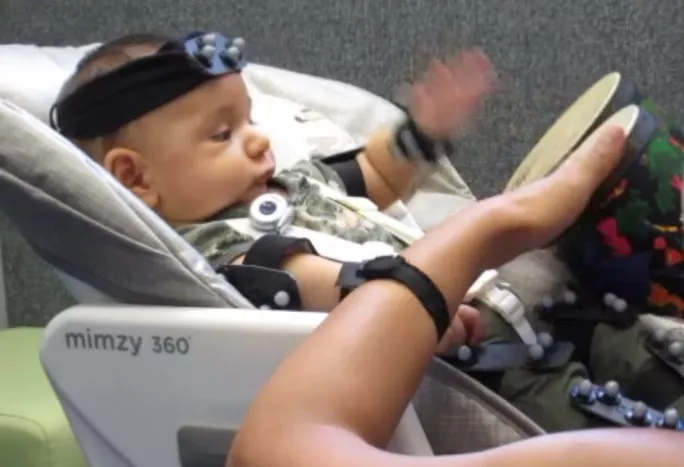
She explains that, while she studied at St John’s Oxford, and is now a fellow at St John’s Cambridge, “they aren’t the same John - the Oxford one is John the Baptist, the other is John the Evangelist”. It is this precise attention to detail that informs her work and has helped her ascent to the highest echelons of academia. Yet, initially, she thought Oxbridge was not for the likes of her.
Goswami grew up in Colindale, in North London. She describes the area as “a working-class neighbourhood”, although her father had a “white-collar job” at the Indian High Commission. When the government began phasing out grammar schools in the 1970s, her school, St David’s, merged with the nearby Hendon Grammar School, and the teachers there were less than encouraging about her aspirations.
“The teachers at the grammar school thought we were a load of scruffs,” she says. Goswami and her friends worked hard at their studies, and even established their own debating society, yet she says there was a prevailing attitude of “why do kids like you want to do debating?”
“There was this poverty of aspiration at the schools,” she adds.
After she achieved three A grades at A level, she went to see the headteacher to ask about attending the school for what was then known as a “seventh term”, when pupils would prepare for the Oxford University entrance exam.
“The head of sixth form said to me, ‘Now, Usha, why do you want to go to Oxford? I see you going to the University of Manchester and getting a 2:2.’”
“It wasn’t him thinking I couldn’t go to Oxford that bothered me,” she says. “But a 2:2! I had always worked really hard and done well at school.”
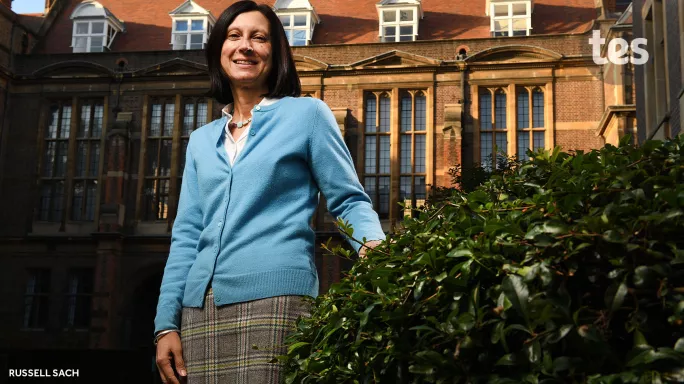
A lucky stroke of fate persuaded Goswami to set her sights high. At several university open days, she crossed paths with a fellow prospective psychology student who attended Wycombe Abbey, a prestigious boarding school. When the other sixth-former heard what Goswami’s teacher had said, she advised writing to Oxford colleges directly.
“Two of the colleges said no, but then I wrote to St John’s, and the tutor there, Peter Bryant, who later ended up supervising my PhD, said: ‘If you come up next Friday I’ll give you an interview.’”
She says, with what seems like characteristic humility, that it was “partly luck” that she got in - it was the college’s first year of accepting female applicants, and Bryant wanted to admit only women to redress the balance.
“Of course, now Oxbridge does so much to try and attract pupils who have gone to state schools, but it wasn’t like that then,” she says.
Before her A levels, she had never really considered Oxbridge as an option for someone from her background.
But then, she explains: “One of my cousins said, ‘Well, if you go, you’ll be taught by the best psychologists in the world,’ and I said, ‘Oh, I hadn’t thought of it like that.’”
The prospective student from Wycombe, having heard of Goswami’s success, applied in the same way, and they ended up studying together, first as undergraduates and later as trainee primary teachers at the University of London.
‘I wanted to do something to help children that was practical’
Goswami speaks animatedly about how she first became interested in children’s speech development. As an undergraduate, she wrote an essay for Bryant on reading development, and remembers finding the topic fascinating.
She then studied for a primary PGCE with a view to becoming an educational psychologist.
Goswami says she had loved school and primary school in particular, which initially sparked her interest in teaching and educational psychology. She is critical of what she sees as the restrictive nature of accountability measures now - it was the creativity and encouragement of her early education that she loved.
“At Colindale [primary school] I had this amazing Welsh headteacher, Mr Jenkins, and he believed in all the children in his school.”
“English primary education used to lead the world - they [schools] weren’t so regimented, with all the drilling that happens nowadays.” She says the irony is that a more liberal education creates the independent thinkers who are most sought after by higher education.
She also says she is struck now by undergraduates who seem less intellectually curious than in previous years, and fearful of getting things wrong. “Students now say, ‘Is that going to be on the exam?’” she says.
It was her primary PGCE that convinced her of the importance of research into language acquisition.
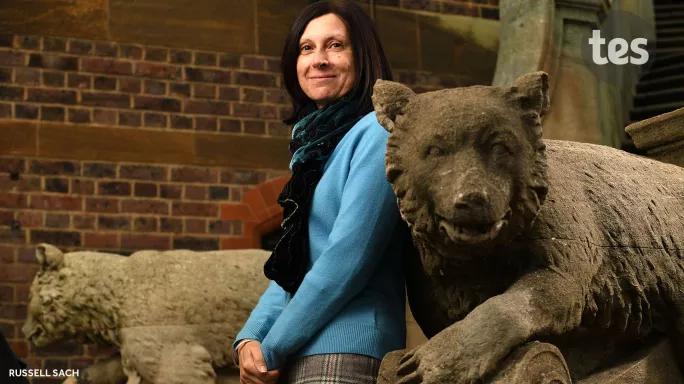
“I wanted to do something to help children that was practical. But during the teacher training I realised none of this new research was in our PGCE, and it should have been,” she says.
“And because I’d gone into that literature, I could see children making mistakes that were perfectly explained by this phonological approach -phonology is the sound structure of words,” she explains.
“Peter Bryant was one of the first people to show that children’s nursery rhyme awareness predicted their reading. And so I thought, ‘Well, it is worth going back to understand in more detail why did rhyme predict reading.’”
She returned to Oxford to complete a DPhil - Oxford’s term for a PhD - with Bryant as her supervisor, investigating whether young children could use analogies as they learned to read.
Previously, it had been thought that only sophisticated readers in their teens could use this method - whereby readers “use a word they know as a basis for what they don’t know. So the example I often give is, if you know night you can read light, because it’s an irregular spelling ‘ight’.”
She explains that in English, the spelling patterns of words are highly consistent - there are 90 words in the language which use the rhyme “ight,” and this can be used to help children as they decode new words. One of the issues she identified is the specific challenges children with dyslexia might face when learning to read in English: while other languages, such as Italian, have a very regular sound-letter correspondence, English is trickier.
“English is the hardest language in the world to learn to read. It has more ambiguity than any other language in spelling sound relations - it’s a double whammy if you’re a dyslexic child.”
Following her research into analogy, she worked with deaf children using a cochlear implant at Great Ormond Street Hospital, and it was at this point that she became interested in dyslexia. Goswami’s research shows that children with dyslexia struggle to hear the rhythms of speech, which creates problems with reading later on.
She hopes that eventually her work will enable the development of new technology - something akin to a clip-on cochlear implant - that could help dyslexics hear these rhythms more clearly.
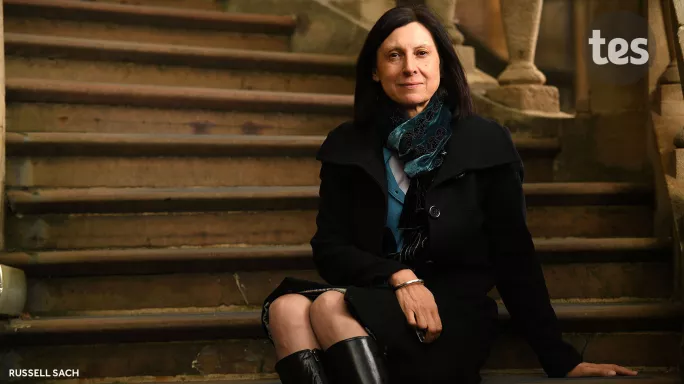
Her interests led her to establish the first ever Centre for Neuroscience in Education at Cambridge in 2003, using an imaging device to measure brain activity to map parts of the brain as it acquires speech.
She is now focused on how infants acquire speech through the Babyrhythm project - hence the rocket-themed laboratory - which she describes as a “blue skies” piece of research, linking very young infants up to brain-imaging software as a primary school teacher enunciates nursery rhymes and “baby talk”.
‘Talk to your baby’
What is that research telling us, and how could it help older children? Nursery rhymes and infant-directed speech are incredibly rhythmic, says Goswami, and they help babies to learn the patterns of language, the first building block in learning to talk. Eventually she hopes the research will enable her to help children with developmental language disorders.
According to Goswami, people underestimate how much even very young babies understand.
“At four months, you can see from a baby’s eye movements, that if their parent says “apple” they will look at an apple, if they say “banana” they will look at a banana. They know their own names.”
This makes it all the more important to communicate with babies as much as possible, which she fears happens less and less in the era of smartphones, or Alexa narrating your child’s bedtime story.
“The early years are fundamental. You have to talk to your baby. Talk in baby talk, talk a lot. You can put a recording device on a baby’s bib and they have shown, quantitatively, that the more baby talk is directed to you, the earlier you reach language milestones. And it has to be directed to the child, not just overheard speech. The more examples you get, the more you adapt.”
Her Babyrhythm project is funded by the European Union - “so we shouldn’t be Brexiting” - while she will use the money from the Yidan Prize to continue to explore developmental language disorders.
Her own daughter struggled with mild dyslexic symptoms, and a main focus of her work is ensuring that dyslexia and speech problems are understood as auditory processing issues in the brain. “It’s not that these children aren’t trying,” she says. “They will be working really hard, they just can’t hear these rhythms in the same way.”
“The baby work will help me know where to look for this in the brain. When it comes to language acquisition, you keep having to go earlier in the trajectory to find the root causes of dyslexia.”
Goswami has also just published a book - Cognitive Development and Cognitive Neuroscience - which aims to dispel some of the misconceptions about the use of neuroscience in education.
The cover design has symbolic meaning - it depicts a young Arabic boy studying with his teacher against a window of Moorish latticework in the background. Goswami chose this as she began writing the book in Granada, Spain, and she wanted to reflect both the setting’s Arabic influences, and a teacher-pupil relationship where rhythm is key to learning - “children learn the Koran a bit like ‘poetry out loud’ so the image fits with my research,” she explains.
As with her earlier comment about John the Baptist, this touch is a sign of her attention to detail and intellectual curiosity. And, unlike some scientists, there is no sense that she privileges one kind of knowledge over another.
“With the social sciences, they can explain things that other disciplines can’t. For instance, a lot of deaf children don’t wear their cochlear implant - they don’t like them. They want to be part of the in-group, and so they take them out. The social sciences can explain why that is.”
Her interest in the arts may also date from an early desire to study English literature - her mother warned against this, fearing English graduates would make little money.
“But I think in a way literature and psychology are very similar - you’re trying to work out why people do things, what their underlying motives are, who they are.”
CV: Usha Goswami
- Studied at Hendon School
- BA in Psychology at St John’s College Oxford (1978-81)
- PGCE Primary Education, University of London (1982)
- DPhil in Developmental Psychology, University of Oxford (1987)
- Professor of Cognitive Developmental Psychology at the Institute of Child Health, University College London
- Set up the Centre for Neuroscience in Education at the University of Cambridge (2003)
Keep reading for just £1 per month
You've reached your limit of free articles this month. Subscribe for £1 per month for three months and get:
- Unlimited access to all Tes magazine content
- Exclusive subscriber-only stories
- Award-winning email newsletters



